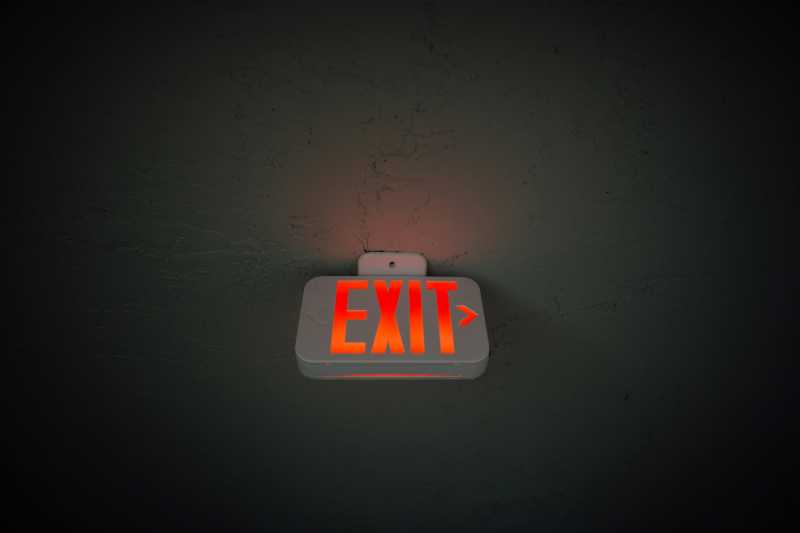Fire is a devastating force that can wreak havoc on your commercial property. It can cause extensive damage, not only from the flames but also from the smoke and water used to extinguish the fire. In this guide, we will walk you through the steps you can take to protect your commercial property from fire. We will also discuss how water damage restoration and mold restoration solutions can help you recover if a fire does occur. Let’s get started!
Understanding the Risks
Before you can protect your property from fire, you need to understand the risks. What are the potential sources of fire in your building? Are there areas that are more vulnerable than others? By identifying these risks, you can take steps to mitigate them and reduce the likelihood of a fire occurring.
Common Fire Hazards
Common fire hazards in commercial properties include electrical equipment, heating systems, cooking appliances, and flammable materials. Regular inspections and maintenance can help identify and address these risks.
Assessing Vulnerability
Some areas of your property may be more vulnerable to fire than others. For example, areas with a high concentration of electrical equipment or flammable materials are at greater risk. Identifying these areas can help you prioritize your fire prevention efforts.
Implementing Fire Safety Measures
Once you’ve identified the risks, it’s time to implement fire safety measures. These can range from installing fire detection and suppression systems to training your staff on fire safety procedures.
Fire Detection and Suppression Systems
Fire detection systems, such as smoke detectors and fire alarms, can alert you to a fire in its early stages. Fire suppression systems, such as sprinklers and fire extinguishers, can help control a fire until the fire department arrives.
Staff Training
Training your staff on fire safety procedures is crucial. They should know how to respond in the event of a fire, including how to evacuate the building safely and how to use fire extinguishers.
Preparing for Recovery
Despite your best efforts, a fire may still occur. In this case, it’s important to be prepared for recovery. This includes having a plan for water damage restoration and mold restoration solutions.
Water Damage Restoration
Water damage can occur as a result of the firefighting efforts. It’s important to address this damage quickly to prevent further issues, such as mold growth. Projekt Restoration offers professional water damage restoration services that can help you recover.
Mold Restoration Solutions
If water damage is not addressed promptly, it can lead to mold growth. Mold can cause health issues and further damage to your property. Projekt Restoration also offers mold restoration solutions to help you address this issue.
Conclusion
Protecting your commercial property from fire involves understanding the risks, implementing fire safety measures, and preparing for recovery. By taking these steps, you can help ensure the safety of your property and those who use it. Remember, if a fire does occur, Projekt Restoration is here to help with water damage restoration and mold restoration solutions.
FAQs
Q1: What are some common fire hazards in commercial properties?
A1: Common fire hazards include electrical equipment, heating systems, cooking appliances, and flammable materials.
Q2: How can I reduce the risk of fire in my commercial property?
A2: You can reduce the risk of fire by identifying potential fire hazards, implementing fire safety measures, and training your staff on fire safety procedures.
Q3: What should I do if a fire occurs?
A3: If a fire occurs, ensure everyone evacuates the building safely, call the fire department, and contact a professional restoration company like Projekt Restoration for water damage restoration and mold restoration solutions.
Q4: What is water damage restoration?
A4: Water damage restoration involves removing water, drying out the area, cleaning and sanitizing the property, and restoring it to its pre-damage condition.
Q5: What is mold restoration?
A5: Mold restoration involves removing mold, cleaning and sanitizing the area, and taking steps to prevent future mold growth.





